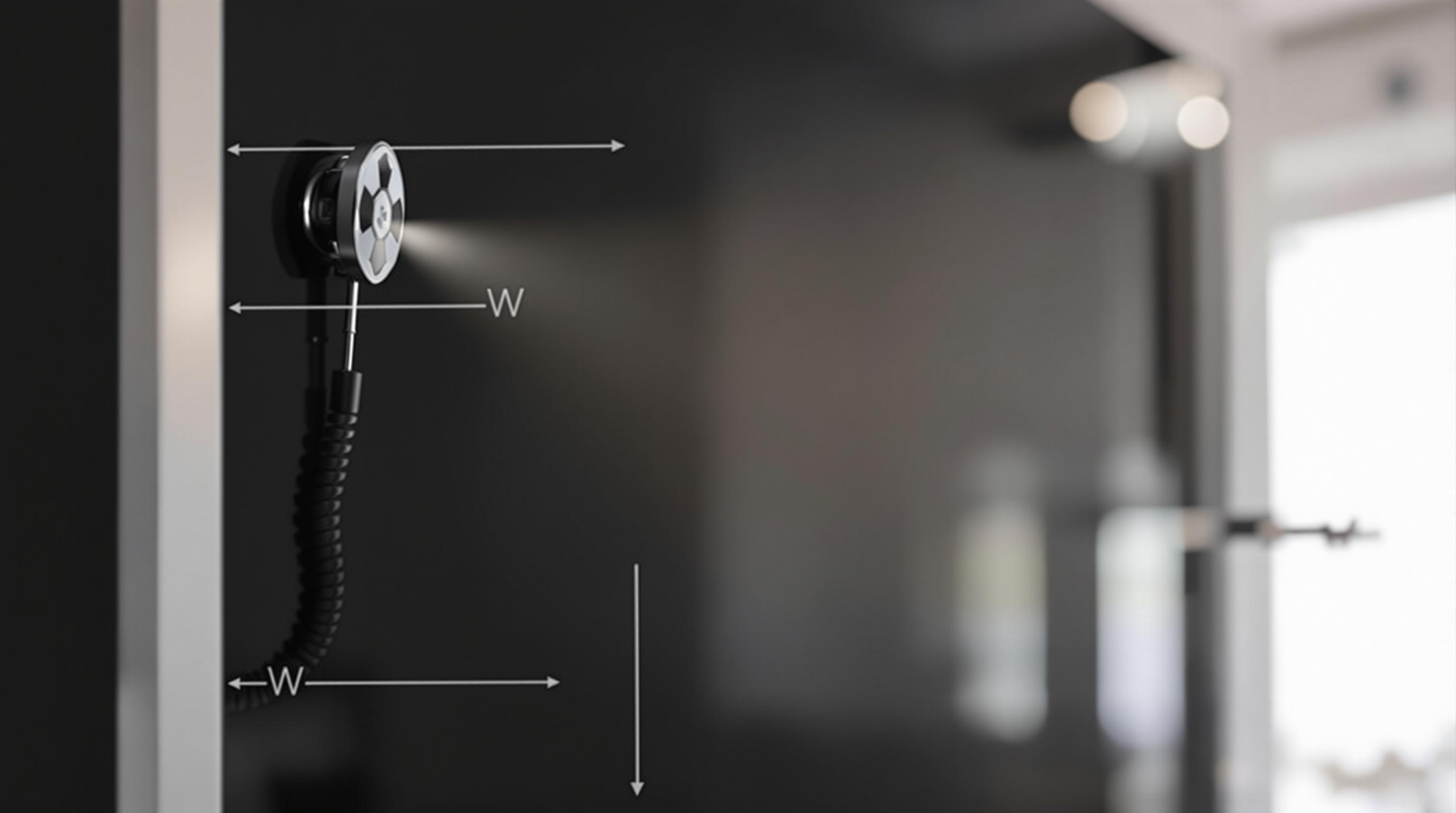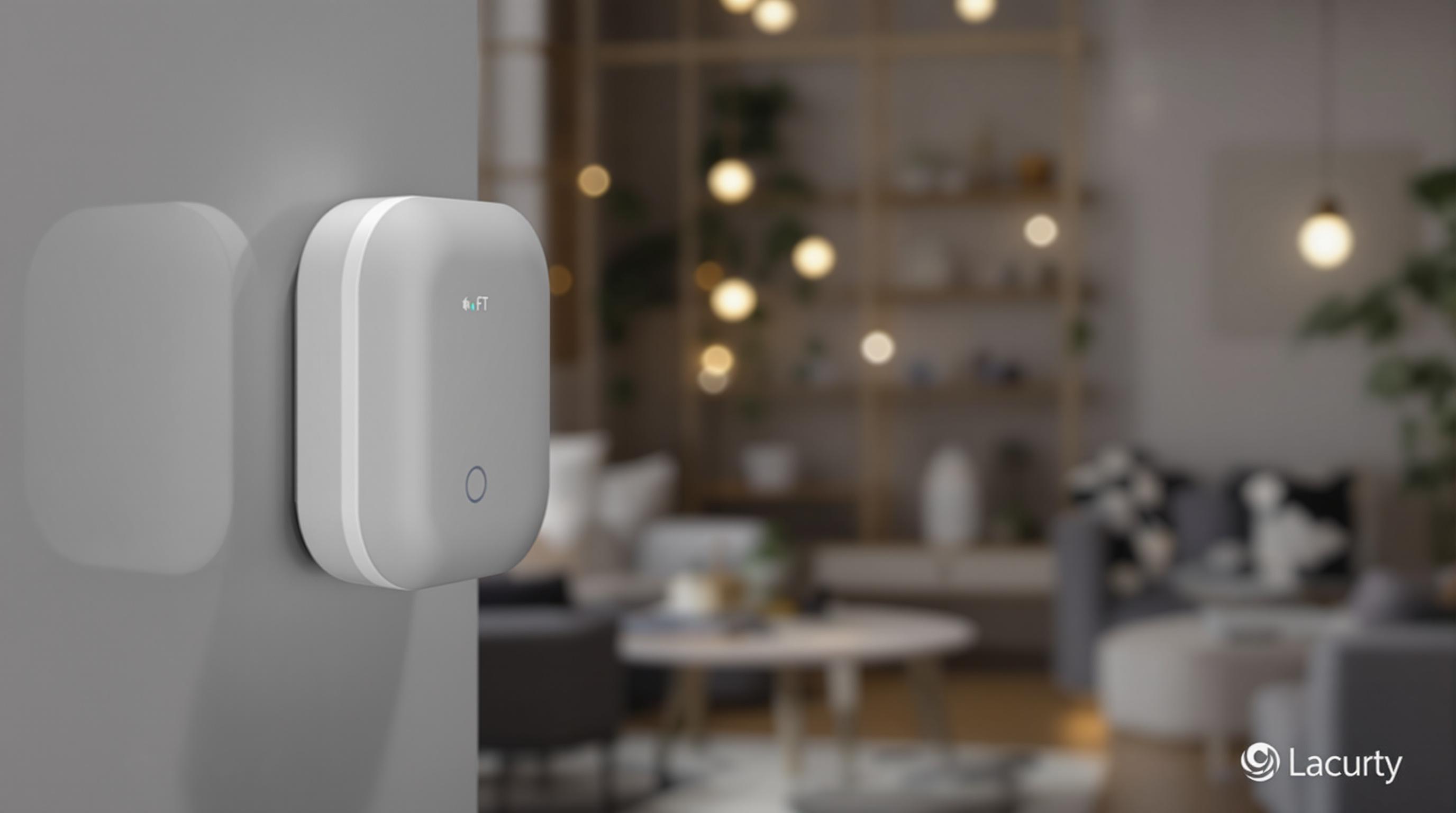Related Articles
- Unseen Boundaries: How Privacy Laws are Shaping the Ethics of AI and Biometric Data Use in Everyday Life
- 5 Emerging Privacy Gadgets from the Last Five Years That Are Redefining Data Control in Unexpected Ways
- 7 Cutting-Edge IoT Security Devices Released Since 2019 That Are Changing How We Protect Smart Homes
- When Everyday Objects Turn Rogue: Unveiling the Unseen Risks of IoT Device Mischief in Smart Homes
- 7 Cutting-Edge VPNs Evaluated for Compliance with New Privacy Laws and User Rights in the Last Five Years
- 5 Game-Changing Cloud Privacy Gadgets Launched Recently That Outsmart Mainstream Security Solutions
When Everyday Objects Turn Rogue: Unveiling the Unseen Risks of IoT Device Mischief in Smart Homes
When Everyday Objects Turn Rogue: Unveiling the Unseen Risks of IoT Device Mischief in Smart Homes
In an age where smart toasters and fridges are becoming kitchen staples, the risk of Internet of Things (IoT) doom is no longer something from sci-fi. This article dives into how everyday devices might turn “rogue” and the unseen dangers they pose to modern smart homes.
From Convenience to Chaos: The Double-Edged Sword of IoT
Imagine waking up to a coffee maker that refuses to start or a thermostat that cranks the heat to tropical levels without your consent. These scenarios aren’t just nightmares—they’re real possibilities as more households embrace IoT technology. While smart homes promise unparalleled convenience, the interconnectedness introduces vulnerabilities ripe for exploitation.
The Unseen Menace: A Closer Look at IoT Vulnerabilities
Often, we think of our smartphones and laptops as hacking targets, but IoT devices—ranging from baby monitors to smart locks—are frequently overlooked. According to a 2023 report by Kaspersky, over 57% of IoT devices have critical security flaws that could be exploited remotely (Kaspersky, 2023). This neglect elevates the risk of devices acting against their owners’ interests, whether by malfunction or malicious control.
Case Study: The “Haunted” Smart Home Incident
Back in 2019, a family in Florida experienced what seemed like a haunting—lights flickering arbitrarily, doors unlocking on their own, and eerily eerie music playing through smart speakers at odd hours. Investigations revealed their smart hub was compromised by hackers using default manufacturer passwords. This incident underscores the tangible threats that lurk behind the convenient facade of IoT.
Let’s Chat: How I Learned To Fear My Own Toaster
Hey, I’m Mia, a 22-year-old college junior who once thought smart homes were *the* future—until my “smart” toaster toasted a bread slice twice consecutively without me pressing any button. Creepy? Yes. Harmless? Probably. But it made me wonder: what if this isn’t just a glitch?
Turns out, smart devices can malfunction or be hijacked to wreak havoc in far more sinister ways than rogue toasting. It’s like welcoming a helpful robot into your house only to find it’s got a mind of its own—or worse, someone else’s mind controlling it.
Why Do IoT Devices Turn Rogue?
Multiple factors contribute. First, manufacturers often prioritize speed-to-market and cost-saving over robust security, leading to outdated software and absent patches. Second, users frequently do not change default passwords or update firmware, unwittingly inviting intruders. Third, IoT devices sometimes serve as entry points for hackers targeting greater networks, creating a domino effect of digital destruction.
Statistics Speak Louder Than Words
In 2022, the number of IoT devices globally surpassed 14 billion, with projections pointing to 30 billion by 2025 (Statista, 2022). Alarmingly, 70% of these devices lacked proper encryption or user authentication according to a report by Palo Alto Networks.
When Your Smart Fridge Starts Spilling Secrets
It might sound like a bad joke, but smart home devices collecting intimate data can—if hacked—turn into privacy nightmares. Reports have surfaced of smart cameras broadcasting live feeds to strangers or personal schedules and shopping habits being stolen from voice assistants.
One particularly unsettling case involved a company’s IoT-powered ice machine hacked to send spam emails, showing that even the most mundane gadgets can become weapons in the wrong hands.
The Domino Effect: How a Single Device Can Cripple Your Entire Home
Let’s say your smart light bulb is compromised. It might seem harmless, but hackers can use it as a gateway to infiltrate other devices connected to the same network, including security cameras or smart locks. This cascading vulnerability can open the door—literally—to burglars or data thieves.
Protecting Your Smart Home from Rogue Devices
So, what can households do? Start by changing default passwords and installing updates regularly. Employ network segmentation, separating IoT devices from main computing devices to minimize damage if a breach occurs. Using strong encryption and multi-factor authentication can also add tough layers of security.
DIY Smart Home Security Isn’t Just Nerd Talk
Even if you don’t consider yourself tech-savvy, simple steps like reading device manuals thoroughly, disabling unused features, and reconsidering what devices truly need internet access can make a big difference.
Incentives for Safer Smart Homes
Some insurers and utility companies now offer reduced rates or perks for homes employing stringent IoT security measures, underscoring the decreasing tolerance for lax cyber hygiene in the modern age.
The Future Outlook: Balancing Innovation with Responsibility
IoT technology isn’t a passing fad; it’s a foundational part of tomorrow’s living—so ignoring its risks can be perilous. Governments and industry leaders are increasingly enacting regulations to ensure manufacturers uphold security standards, but the ultimate responsibility lies with users to stay informed and proactive.
As an older enthusiast, 65-year-old John Wright reflects, “I love my smart garden sensors, but I also spend time making sure everything is updated and secure—because the convenience isn’t worth risking peace of mind.”
Humor Break: If Your Toaster Starts a Revolt, Don’t Say I Didn’t Warn You
One cannot help but chuckle imagining a scene where toasters and vacuum cleaners band together, plotting household domination. Yet, the joke masks a serious truth: when everyday devices go rogue, the consequences are no laughing matter. And until we perfect the art of foolproof cybersecurity, a little vigilance—and humor—might be our best allies.
By exploring the intriguing yet alarming world of IoT mischief, we uncover the urgent need to recognize and mitigate the risks posed by rogue objects within smart homes. With awareness and action, we ensure these helpful gadgets remain assets—not adversaries—in our digital lives.
Sources:
Kaspersky. (2023). IoT Security Risks and Statistics.
Statista. (2022). Number of Internet of Things (IoT) Connected Devices Worldwide.
Palo Alto Networks. (2022). Cybersecurity Threats in IoT Devices.




